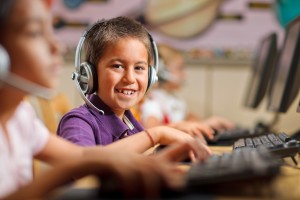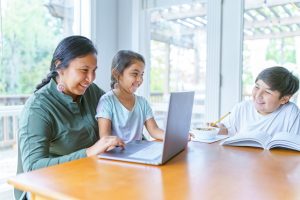Personalized learning has significantly improved 21st century education, as more schools rely on the use of technology-based programs to focus on the individual needs, skills, and interests of every student.
 The “one-size-fits-all” approach to education doesn’t provide the level of engagement and skilled assessment that is needed to help each student succeed. Through personalized learning, lesson materials are delivered at an individualized pace to help each student lead his or her learning.
The “one-size-fits-all” approach to education doesn’t provide the level of engagement and skilled assessment that is needed to help each student succeed. Through personalized learning, lesson materials are delivered at an individualized pace to help each student lead his or her learning.
So how is personalized learning structured?
-
Learning profile: Individual strengths, weaknesses, gaps, interests, aspirations, and skills are determined for each student.
-
Individualized learning objectives: Every student has a different learning style, experiences, and goals that can be matched to his or her educational needs.
-
Personal mastery: The technology-based materials assess the student’s progress to identify if the concept is mastered. This allows students to move at their own learning pace.
-
Flexible learning environment: Materials are available through a variety of resources to deliver instruction that works best for the student.
-
Parental involvement: Parents become an active part of the learning process. They learn about their child’s learning style and observe how he or she progresses through their coursework.
-
One-on-one time: Teachers can easily determine each student’s needs based on the technology-based assessment and learning programs, and students have more one-on-one interaction with their teacher.
We offer personalized reading, math and science programs for Pre-K through 2nd grade. Thousands of activities, books and songs create engaging, fun, and efficient learning paths unique to each child’s needs. Students often surpass the expectations of their instructors because they have the opportunity to think creatively, use different modalities, and share their work through various forms of media. Waterford personalized learning curriculum provides a holistic approach to help students develop an interest in lifelong learning.

